How do Costume Designers work in Film Productions?
Costume Design is Creative Collaboration
Blauw Films

All film production departments stand in service of telling a coherent, visual story.
No department is an island.
In this blog I’d like to take a closer look at how specifically the Costume Department collaborates with the other departments of a film production. What exactly is the Costume Designer responsible for? And what are important things to look out for, when collaborating with the cast and crew?
If you’re specifically interested in the dynamics within the wardrobe department, this blog is all about the inner-workings of the costume department for film and television productions.
Costume Design & Directing
After a thorough script breakdown, the Costume Designer discusses all details with the Director. The Costume Designer has to keep a close eye on stereotypes, styles, mood, outfit changes, character motivations, mannerisms and story arcs. These form the basis of the direction that the costume design will take. From there on, what becomes important is texture, silhouettes, colours and shot composition.
As the director usually has an overall image in their head of what the movie is supposed to flow like, their creative directions are an important starting point for the costume design.

Costume Design & Cinematography
As the costumes are a vital part of a shot’s composition, the Director, Cinematographer and Costume Designer have to understand what type of shot they want to create. Whether the Cinematographer’s vision is soft and flowy, structured and textured, or bold and high in contrast; it all matters to the Costume Designer.
The Costume Designer has to understand what the costumes should feel like, in relation to lighting and composition.
With extravagant costumes or garments that flutter in the wind, everyone has to know the level of extravagance that is desired to create the most impactful shot. There are also other details that could be of importance such as which lenses will be used and how they will influence the colours on screen.
Lastly, the Cinematographer and Costume Designer (or the extension of their team) should be present during the colour grading process, to make sure that the final vision is realised properly.

Costume Design & the Actors
Often the choice of actor will help to guide the design process. The face and body type of an actor determine a lot when it comes down to creating a character. Usually, the Costume Designer will get to know the actor very well.
Professionally, this means that the Costume Designer is aware of the actor’s ideas about the character, knows the actor's sizes, sometimes advices the actor how to act ‘with’ the costume and gets to know the actor’s pet-peeves or allergies in relation to clothes (you’d be surprised, most people have a ton).
On a more personal level, the Costumer is constantly in the actor’s aura. When you are all up in their face to fit clothes on them, it is good to build a friendly relationship with the actor as soon as possible.
Most actors are very social, emotional and expressive people. It’s part of their job after all. When the actors do not feel comfortable, are not taken care of, or feel unseen, this could affect their mood and eventually affect everyone on set. (Key) Costumers could check in with actors whether they are cold or hot, need some food or want to ditch that annoying headpiece for a second. Of course, personal assistants might be there to help, but the Costumer is already around them anyway and it’s not advisable for anyone else to touch the costumes.
Bottom line, it doesn’t hurt anyone to make the actors feel happy and comfortable.

Costume Design & Production Design
The Costume Department used to be part of the Production Design Department back in the days, and sometimes in smaller productions it still is. This isn’t surprising, as the two departments work together very closely.
One of the big no-no’s in costume is having a character in the same colours as the background (unless this is the point, of course). The two departments work together to inform each other of their choices, to create and avoid combinations of colour or textures.
Often, the costumes interact with the production design. Think about characters packing suitcases, clothing store displays, closets and background clutter.
Another thing that often comes up is a character’s taste. This taste will most likely reflect in both their environment as their clothes. Costume Design and Production Design have to create a coherent image that contextualises the character to the audience.

Costume Design & Hair and Makeup
To complete the full look of a character, hair and makeup are just as essential as costume. After all, it is what frames the actor’s face, and brings the full fantasy to life from head to toe.
Wigs and historical hairdos come to mind first when thinking about the collaboration between the Costume- and Hair and Makeup Department. But there are many other examples; hair design in combination with costume is important in sci-fi, fantasy, biopics, and to create certain stereotypical characters.
On set, the Costume Department and Hair and Makeup Department have to communicate constantly, as they are usually working on the actor in the same timeframe. It is important to not be in each other's way, while still being helpful. Most important piece of communication: what will be done first? Makeup first? Then costume? Or will getting dressed mess up hair and makeup? Don’t ruin each other’s work, please.

Costume Design & SFX
When planning the costumes, scenes with special effects have to be taken into extra consideration. Close collaboration between the SFX- and Costume Department is crucial, as otherwise the two would definitely work against each other.
Clothes should help to hide SFX makeup seams, tubes or other devices. Sometimes SFX requires the same costume to be designed in different stages of destruction, and all of those versions probably need doubles.
All of these things have to be discussed, planned and designed carefully.

Costume Design & Action
Scripts that call for active choreography or dance need extra attention. There are many dressmaker’s tricks to accommodate a wide range of motion in garments, which minimises the risk of actors ripping out their clothes. Usually dressmakers in theatre have more experience when it comes down to these types of tricks, and it is always a good idea to consult an expert when needed.
When the production deals with stunt doubles, you need doubles of the costumes.
Often these stunt-doubles are different from the principal costume. Stunt doubles wear layers of protection under their costumes, and sometimes have to be rigged with wires or other safety devices. The Costume Designer has to mind these things and accommodate them accordingly.

Conclusion
In the end, the role of the Costume Designer is to make the characters as believable as possible on screen. This results in a whole lot of planning, educated decision making and problem solving. The wishes of the other departments influence the decision making process. Like this, the costume department team ends up juggling all sorts of responsibilities. Good collaboration helps to solve problems.
For starting Costume Designers who’d like to lead a team and end up dealing with complex scripts; it might be wise to ask advice from many different experts and keep short lines with all departments. You will quickly notice the array of tasks you end up dealing with, and how important it is to stay calm, sharp and communicative!
If you want to dive deeper into the complete workflow of a costume designer, from pre- to post-production, I recommend reading this in-depth blog about the complete costume design workflow. I tried to map every little detail in a flowchart, to give people insights into this complex process.
Reading List
References
- La Belle et la Bête (1946) — Youtube
- Beauty and the Beast (1946 film) — Wikipedia
- Jean Cocteau: mythopoeic movies — Media Art Innovation
- Costume Design Defining Character — Oscars
- Eiko Ishioka: Beautiful Costumes Never Die — Scarlett and Giselle
- Costumes Maketh The Monster — The Spool
- Dressing for Others: Lawrence of Arabia’s Sartorial Statements — The Paris Review
- Mishima: A Life in Four Chapters — Wikipedia
- Designing a fairy tale — Costume Vault
- The Stunning Costumes Of Mirror Mirror — Wired





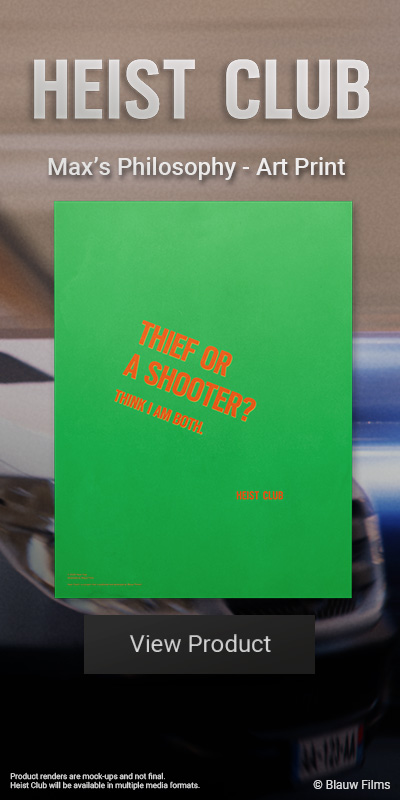










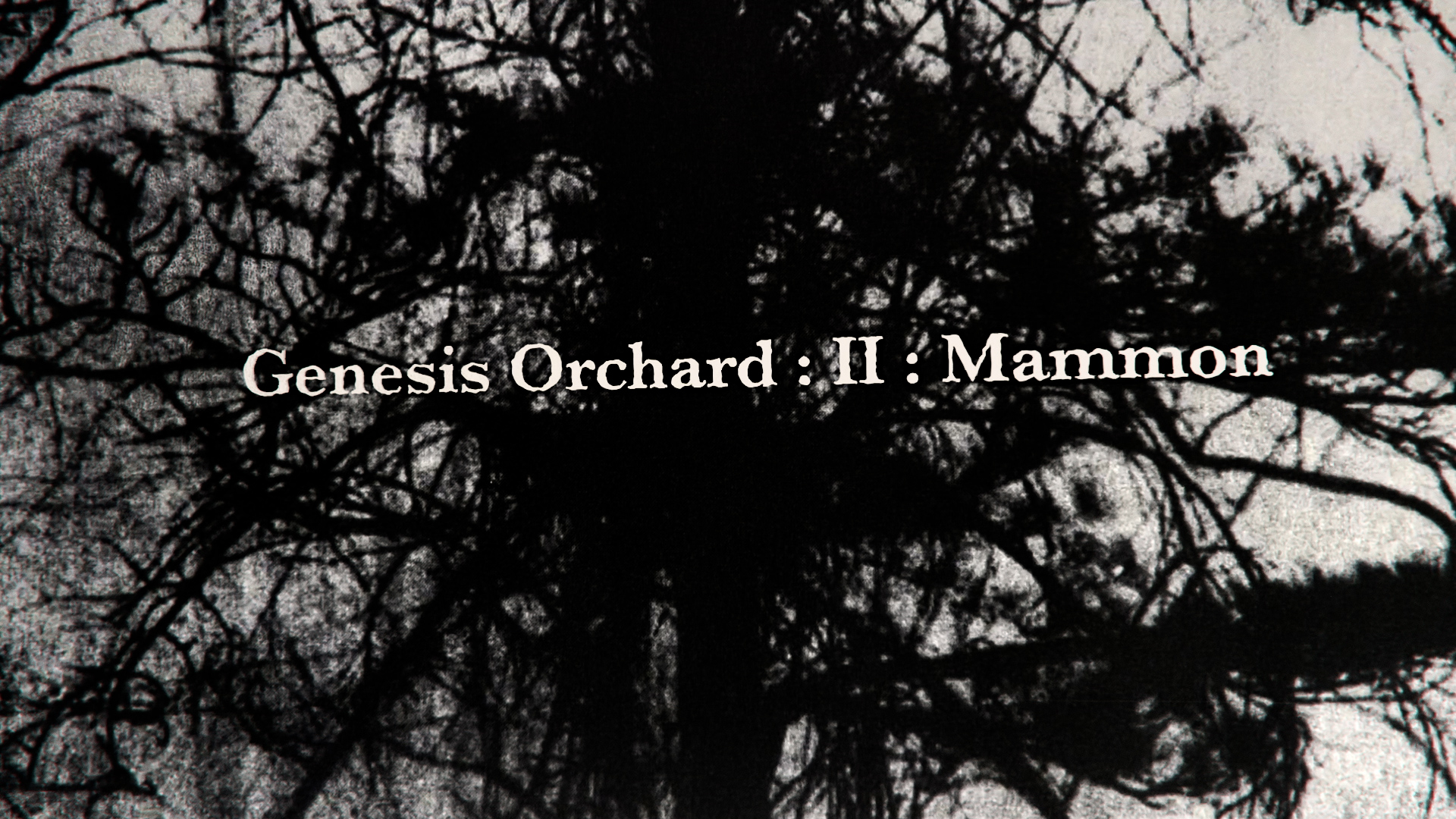

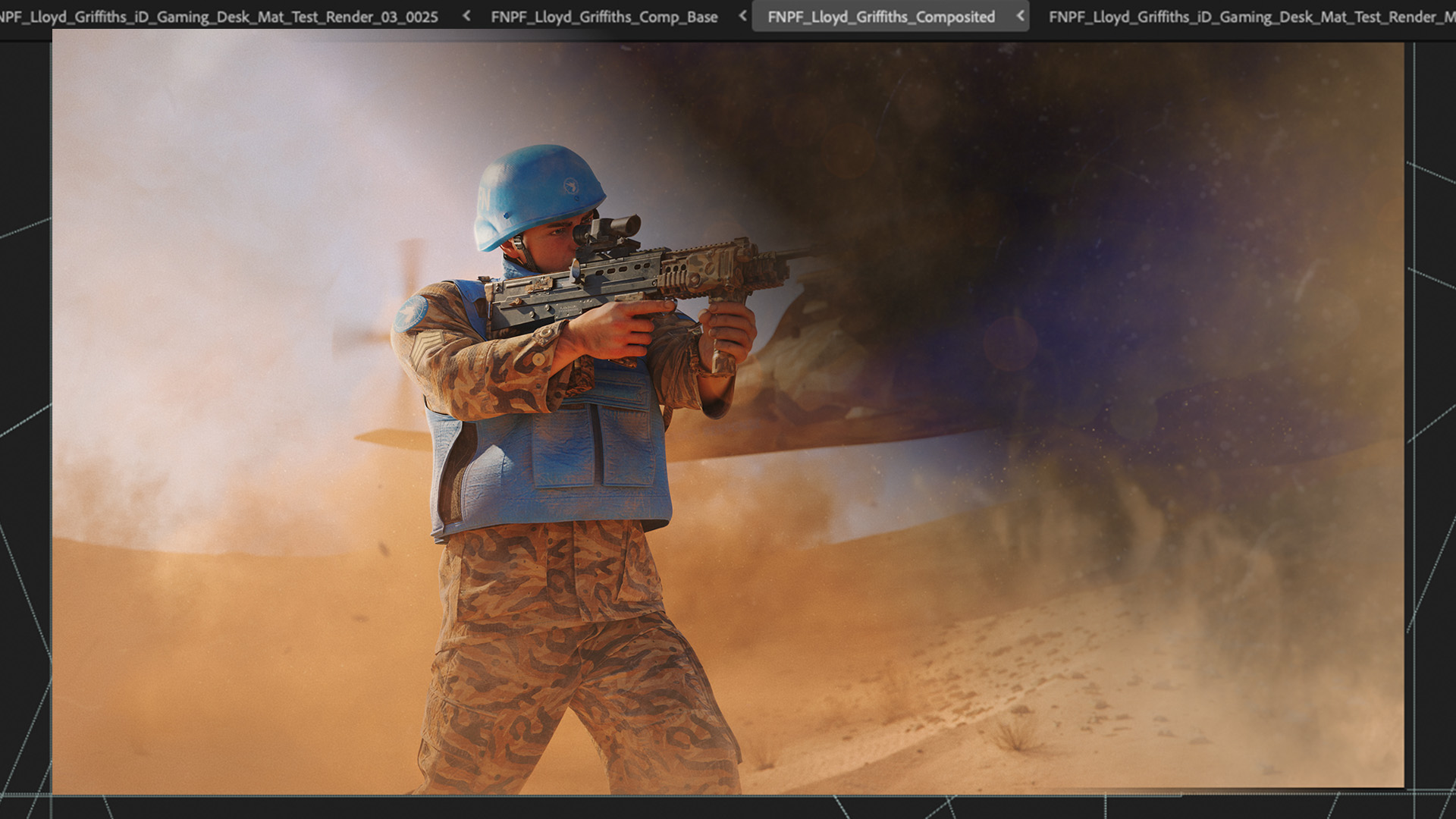

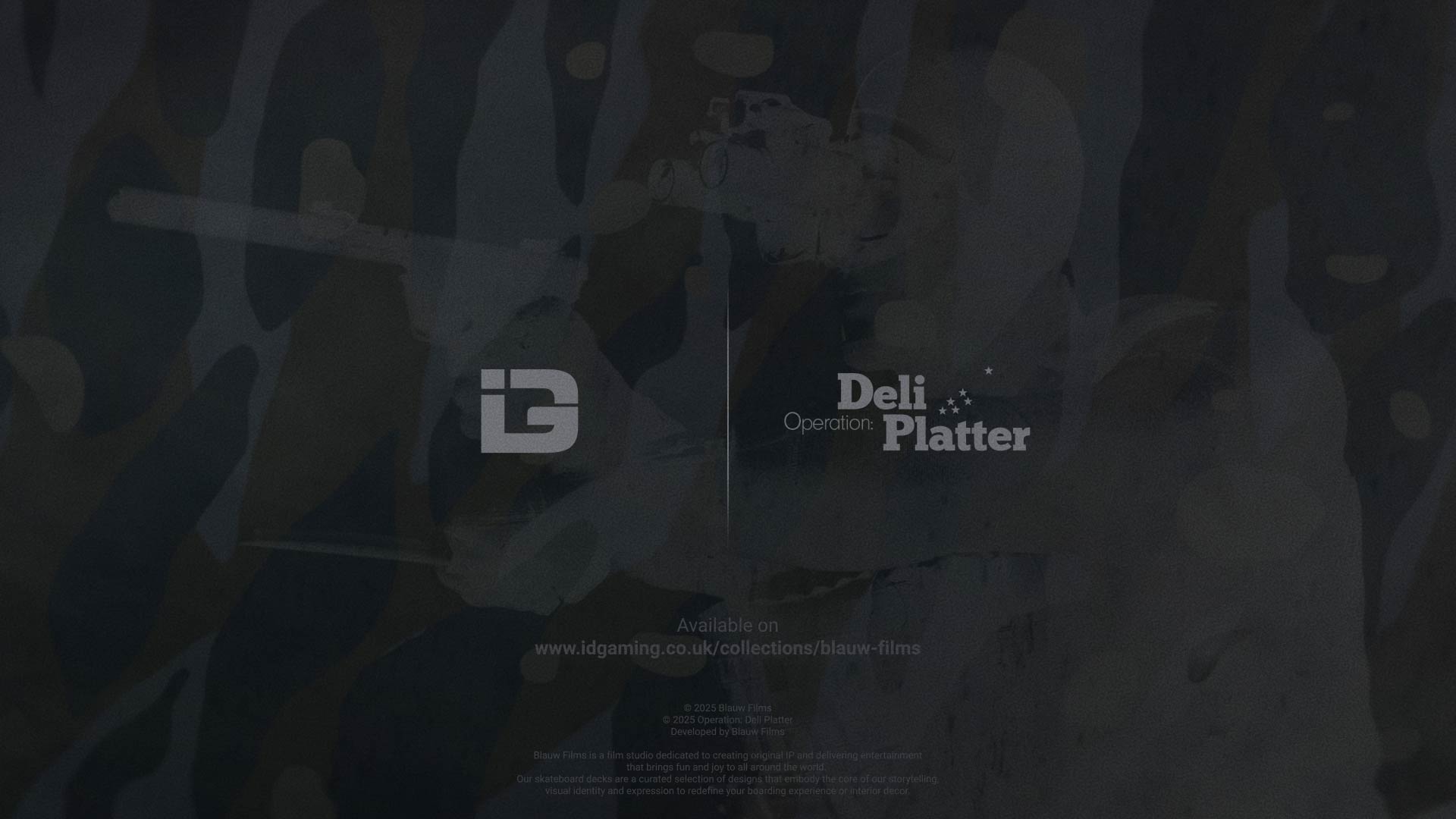

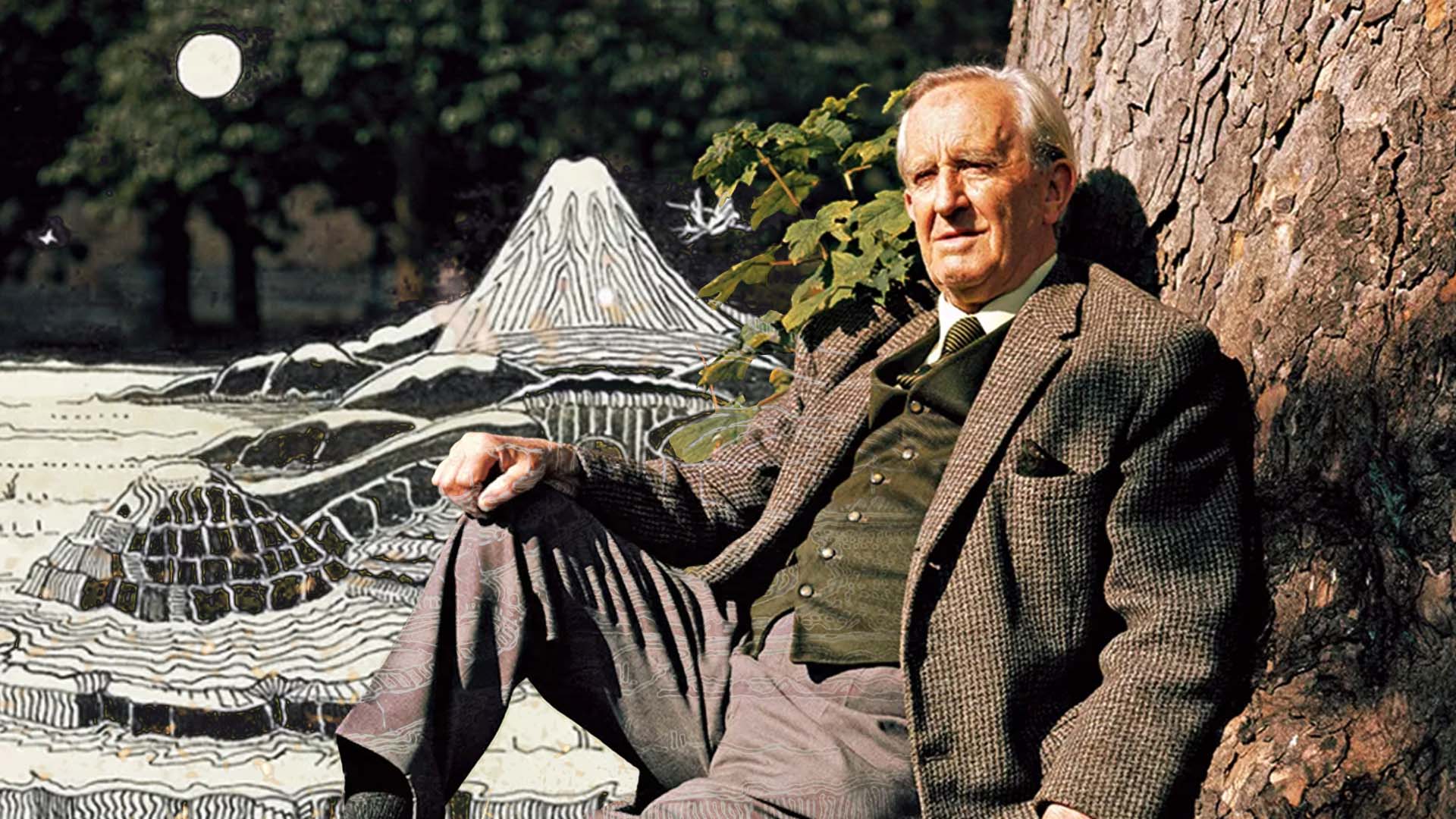







%20by%20Ivan%20Aivazovsky.jpg)






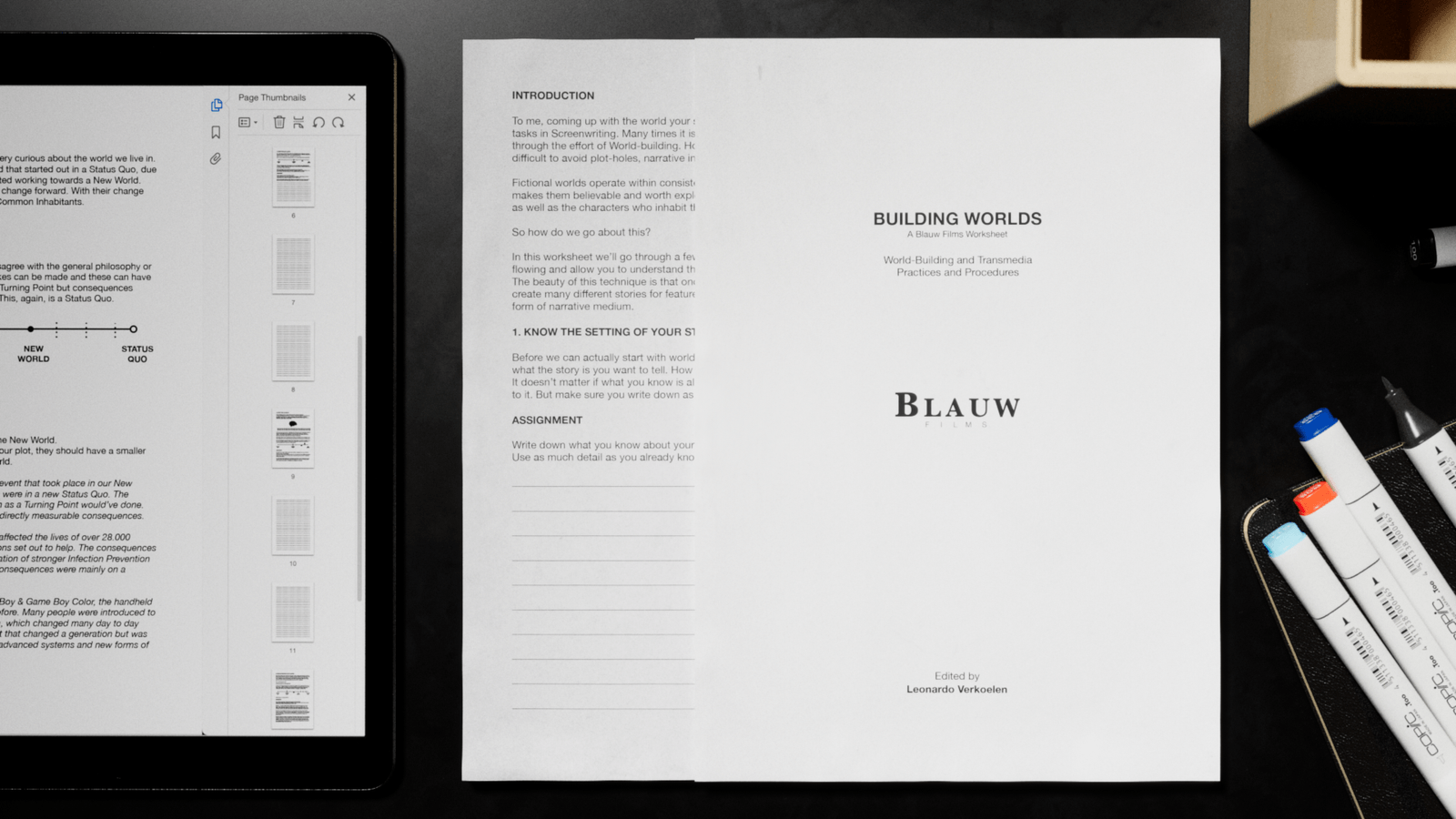









































































0 Comments